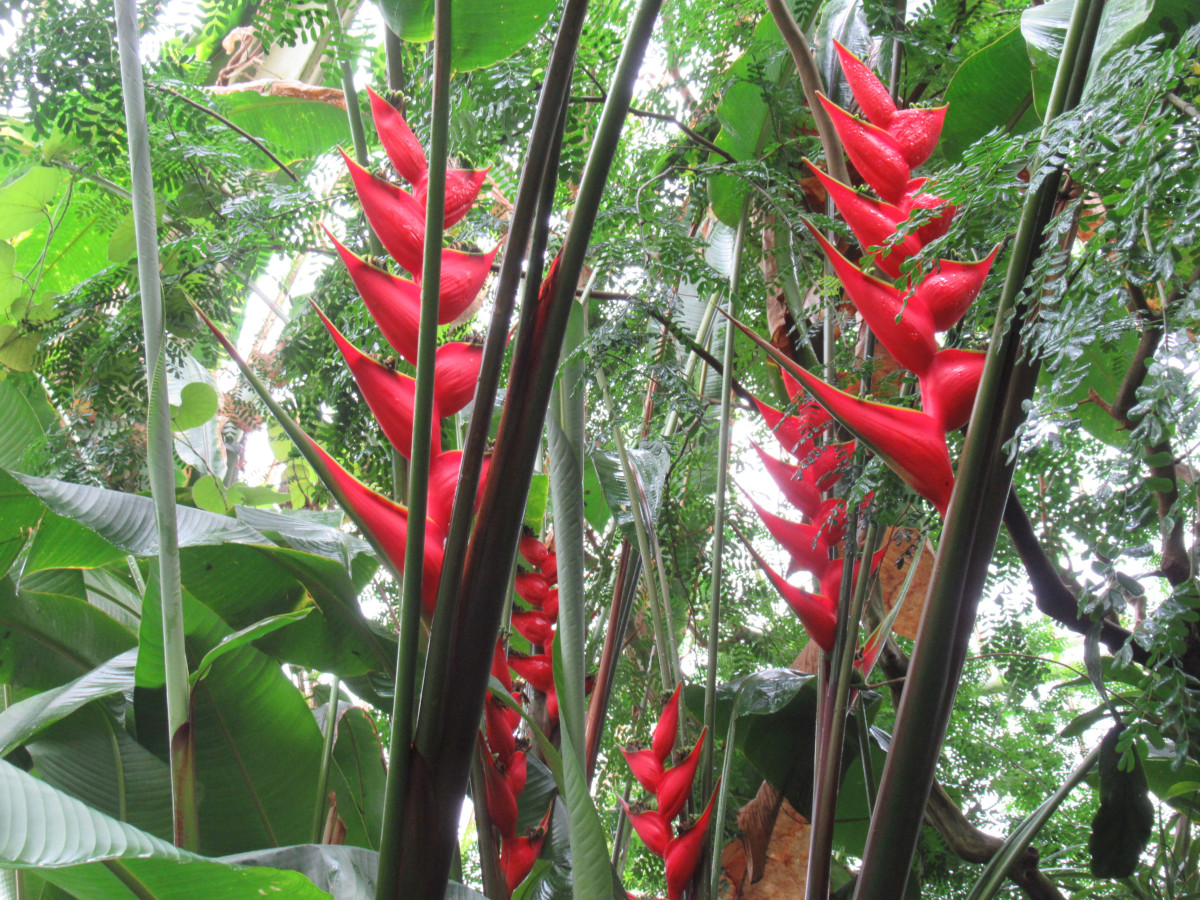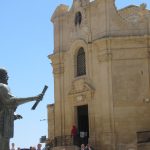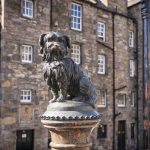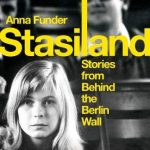Kew and Richmond – two classy areas a little way outside central London – make great day trips, either separately or combined. Both sit on the River Thames and both offer plenty to see and do. At Kew, you’ll find the world-famous botanic gardens and also, tucked inside, London’s smallest royal palace, namely Kew Palace. Richmond was once the site of the Palace of Richmond – and has a museum where you can find out more – and today it is home to the capital’s largest royal park. History, botany, boating, it’s all to be found somewhere in this area.
kew
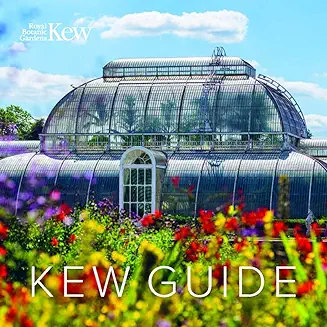
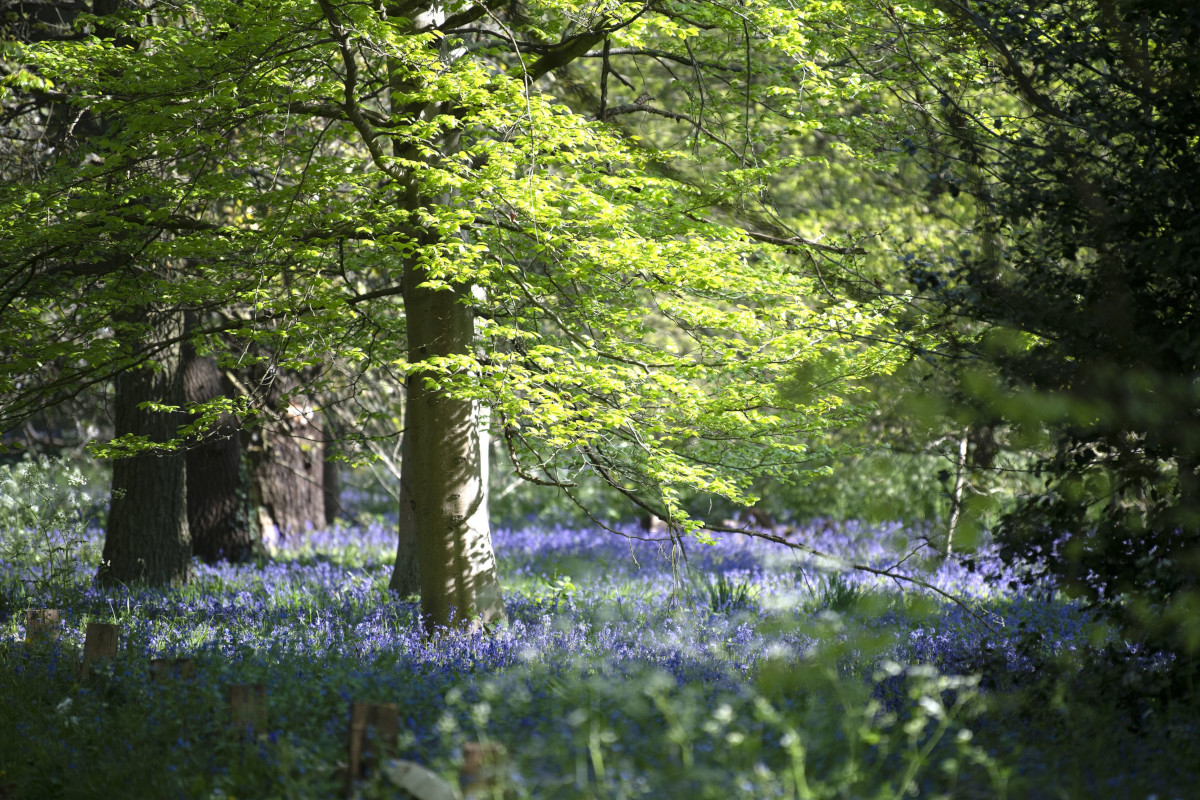
Once described as ‘imperial Kew, by Thames’ glittering side’ Kew is easily reached on the District Line. It has an upmarket village atmosphere and is home to Kew Gardens and to Kew Palace. One half of the gardens was begun by George II and Queen Caroline and the other by their son, Frederick Prince of Wales. After they were merged, the Kew Gardens of today slowly took shape. Many foreign plants were brought here by explorers, making it a place for botanical research and today it houses the world’s largest collection of living plants. In 1840 Queen Victoria gave the gardens to the nation and they’ve been open to the public ever since.
kew gardens

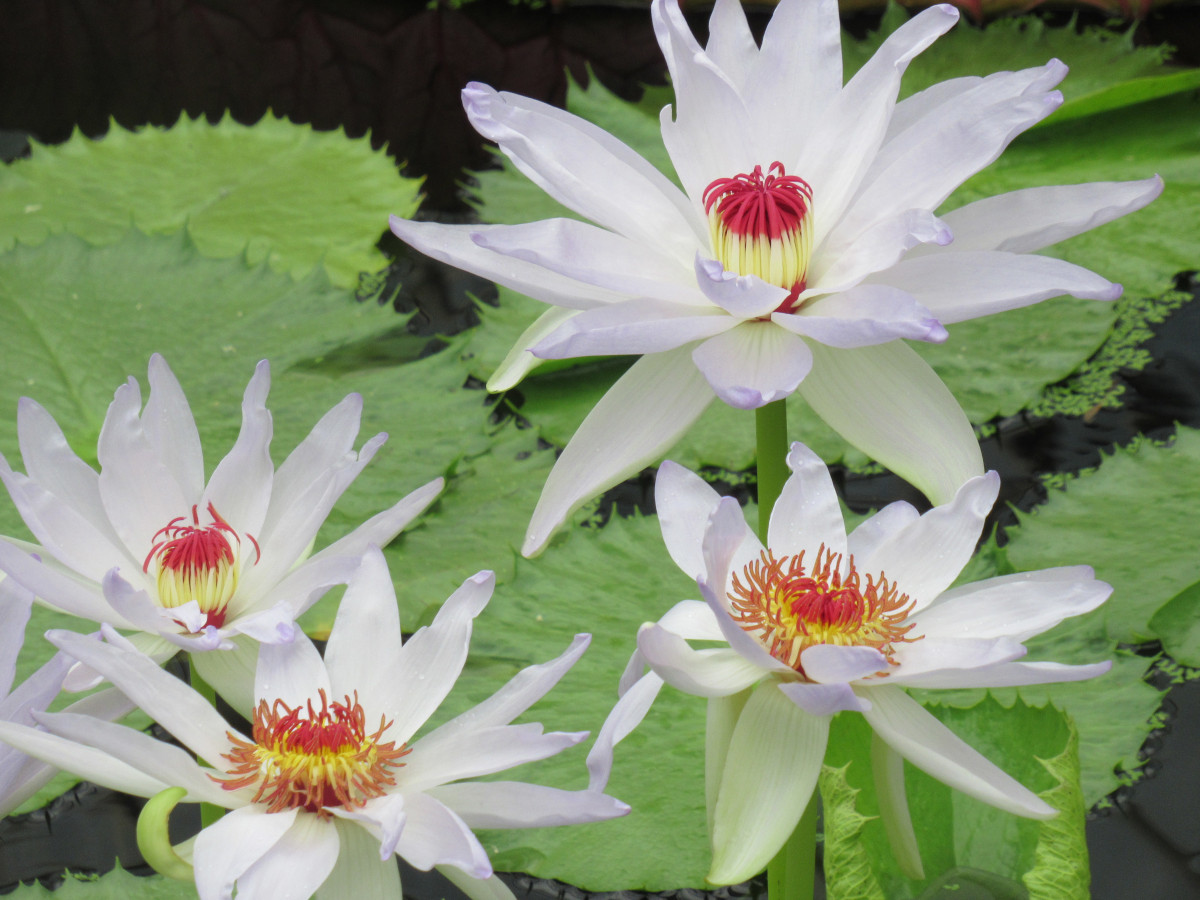
Kew Gardens is a UNESCO World Heritage Site because of its ‘unique combination of plants, architecture, art and landscape’ and for its contribution to botanical research. You could easily spend a whole day there, enjoying paths and lawns, natural wooded areas, lakes and ponds and every sort of garden – aquatic, woodland, a rock garden, a rose garden, a kitchen garden and many more. Hidden inside – and included in the entrance price – is Kew Palace, built in the 17th century. Architecture to look out for includes the Great Pagoda (18th century), Palm House (19th), the Princess of Wales Conservatory (20th) and the Hive (21st century), a unique structure where 900 LE lights explain the life and importance of honeybees.
highlights at kew gardens
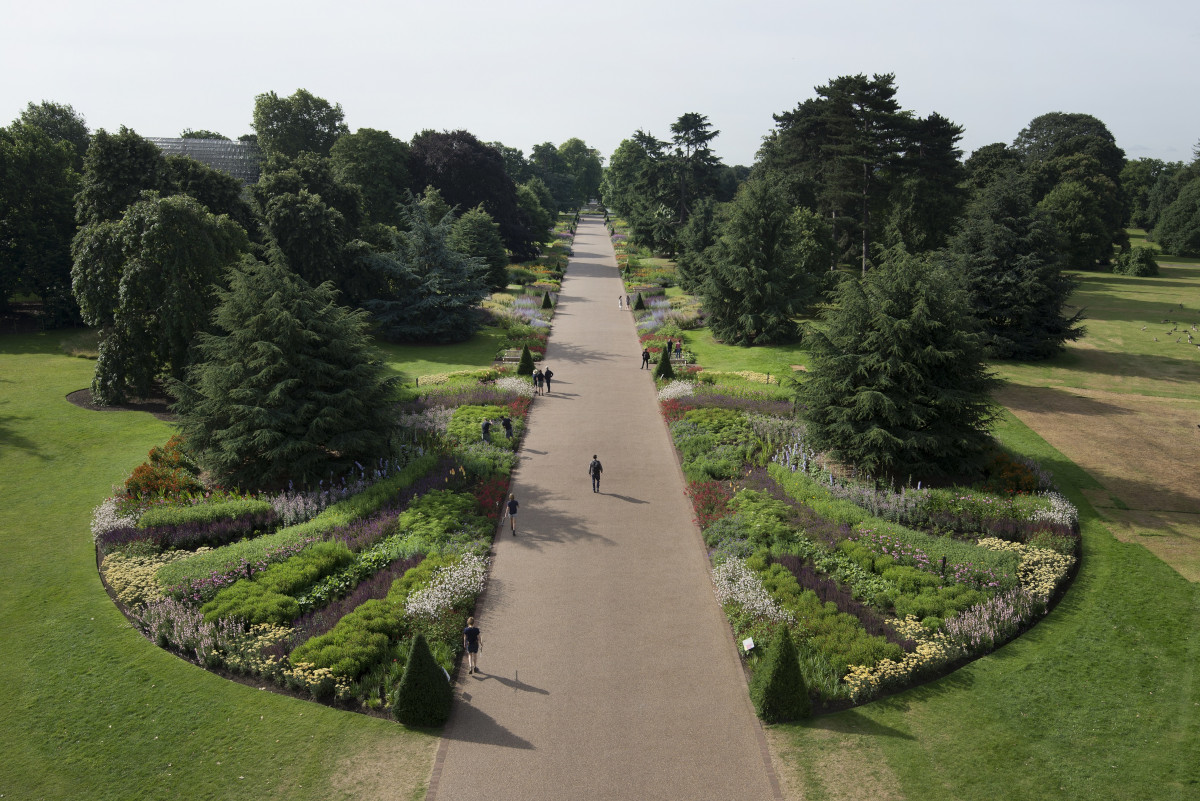

The 320m long Great Broad Walk with it 30,000 plants is always stunning. There’s also a 200m long Treetop Walkway, 18m above ground, giving ‘a rare insight into the complex ecosystem of the forest canopy, a world teeming with birds and insects, lichens and funghi’, plus great views over the gardens and the London skyline. The glass houses take you into steamy rainforests and arid deserts, a Palm House, Water Lily House and Bonsai House. The Princess of Wales Conservatory is the place to see a giant collection of orchids. Look out too for the many follies, for instance the Pagoda House, built in 1762, with its 10-storey octagonal structure and 80 crouching dragons.
kew palace
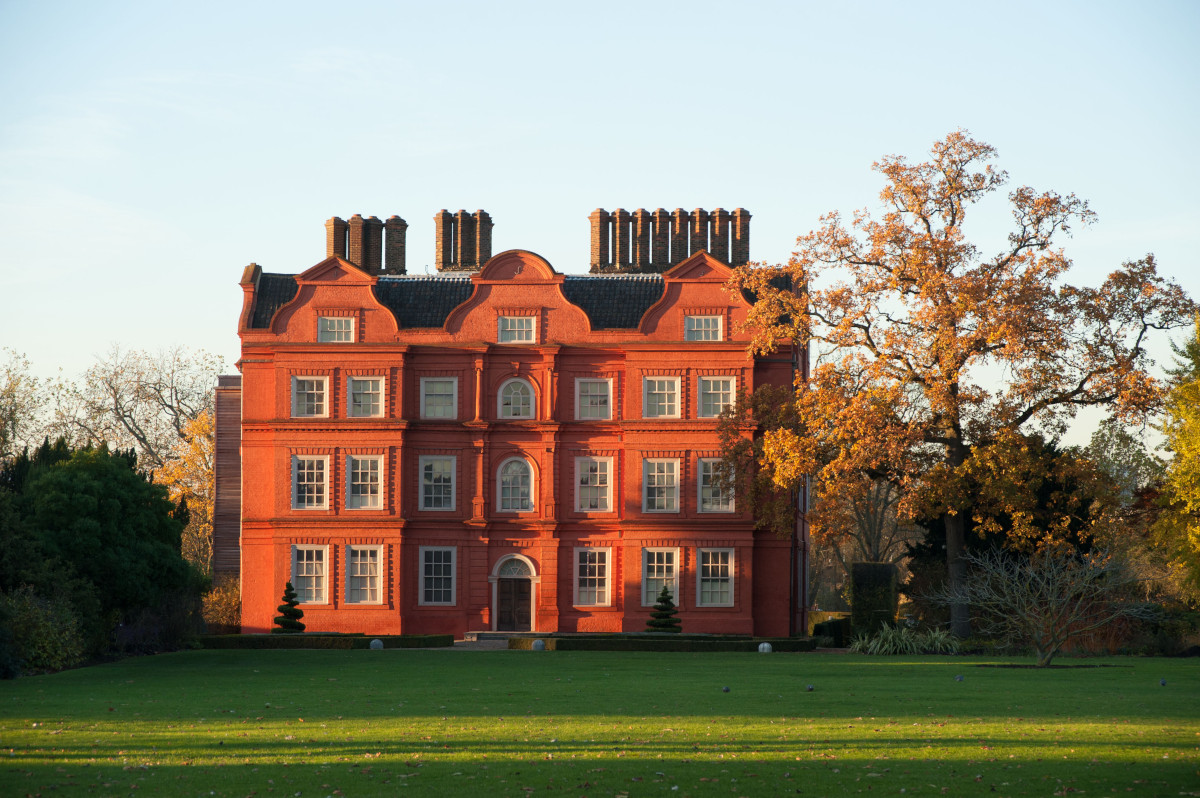
Kew Palace is best remembered as the weekend retreat of George III, Queen Charlotte and their 15 children, where rode, hunted and enjoyed family dinners, card games and music evenings. King George was described as ‘the first king in living memory whose domestic life was beyond reproach’, although the antics of his children, especially his sons, caused much anguish – he once remarked of his eldest son, the future George IV, that ‘every absurdity and impropriety may be expected from his unruly passions’. There is much more on the podcast – tales of debt, debauchery, a hasty double wedding and the sad story of George III’s illness and decline, much of which he endured here at Kew Palace.
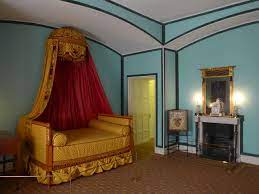
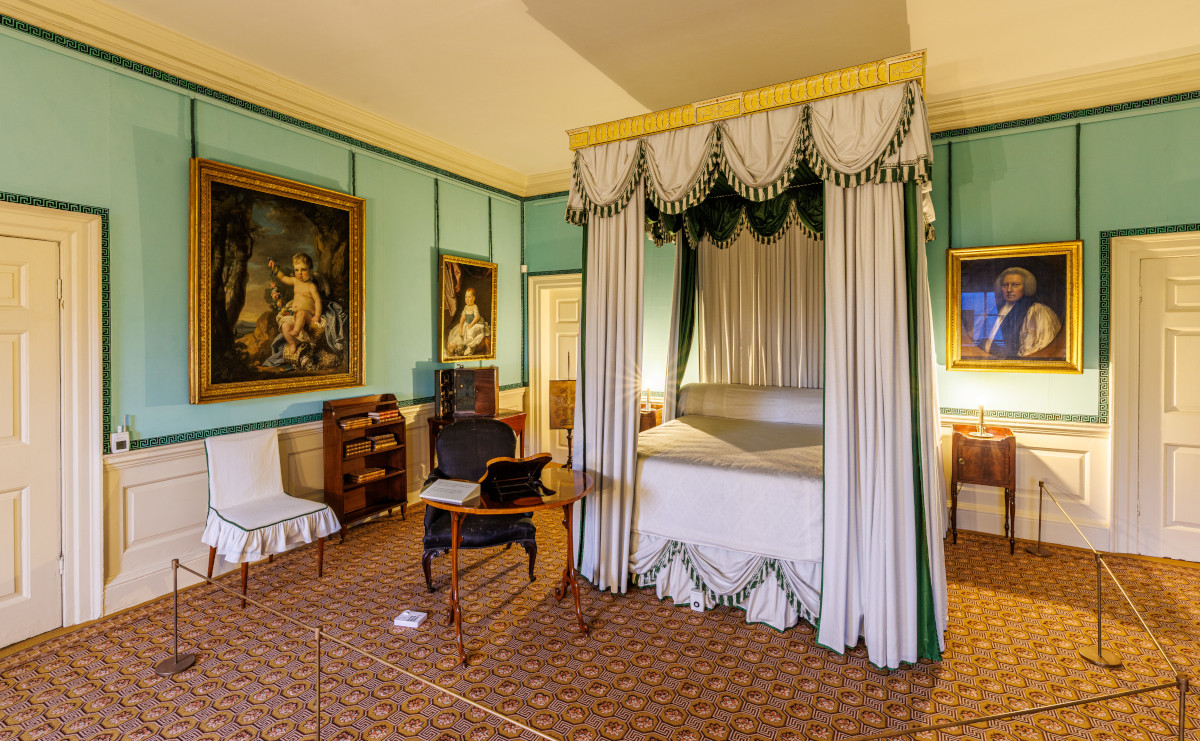
Ground floor highlights at Kew Palace include the King’s Breakfast Room and his library – he had 65,000 books which became the founding collection of the British Library on his death – and the Service Wing where the king was secluded during his last years. Upstairs you can visit the Queen’s Boudoir and Drawing Room – where the double marriage took place – and a number of bedrooms. Nearby is Queen Charlotte’s Cottage, built as a rustic retreat for family picnics, where there was a menagerie to entertain the children. Animals kept included pheasants and creatures less usually found in 18th century England – exotic birds and kangaroos, the latter having been brought back from Botany Bay in Australia on Captain Cook’s ship.
richmond


An 18th century poet described Richmond as ‘where the Thames first rural grows’. It was then – and still is – day-out territory for Londoners. You can learn the history of the area at Richmond Museum, including the story of Richmond Palace, where monarchs died (Edward III), jousted (Henry V) and honeymooned (Mary I) before it was destroyed under Oliver Cromwell. But the main attraction is Richmond Park, 2500 acres where royals hunted red deer among the oaks from the 13th century. Be sure to climb the hill, known as Henry VIII’s Mound, where he was reputed to have waited to see a flare set off at the Tower of London to confirm that Anne Boleyn had been executed. True? Maybe …
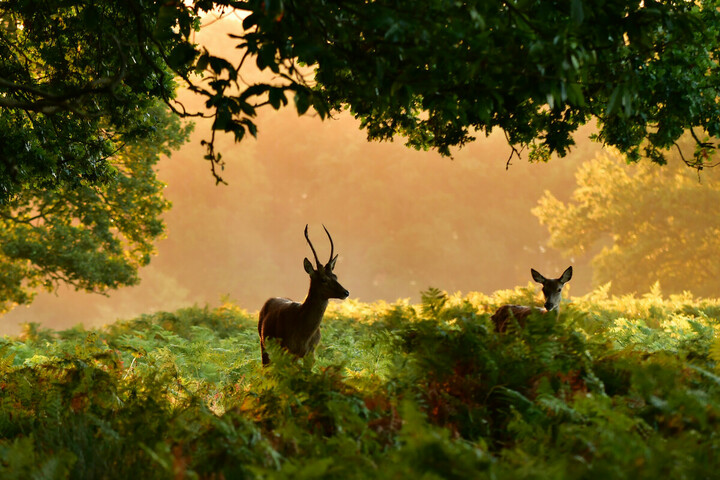
an idyllic area
A diary entry written in 1864, gives the flavour of this lovely area. Rafe Neville Leycester described his day out with a friend, two ladies and – of course! – Tupholme the parson to chaperone. They played a spot of croquet, then took a boat from Kew to Richmond, enjoying the rural landscape and – gosh! – allowed the ladies to try their hand at rowing. But fear not, they had it all explained to them by the men: ‘Miss Brooks is a very jolly sort of girl and as she pulled bow oar, I sat behind her and instructed her in the novel art.’ Still today, it’s a good place to enjoy a day in the countryside or on the river.
Listen to the POdcast
Reading suggestions
Kew Guide published by Royal Botanic Gardens Kew
Richmond Park From Medieval Pasture to Royal Park by Paul Rabbitts
Richmond Travel Guide by Jennifer James
links for this post
Kew Gardens
Kew Palace
Richmond Museum
Richmond Park
Guided Walks in Richmond Park
Previous episode Hampton Court
Next episode Windsor and Eton
Last Updated on June 6, 2024 by Marian Jones

